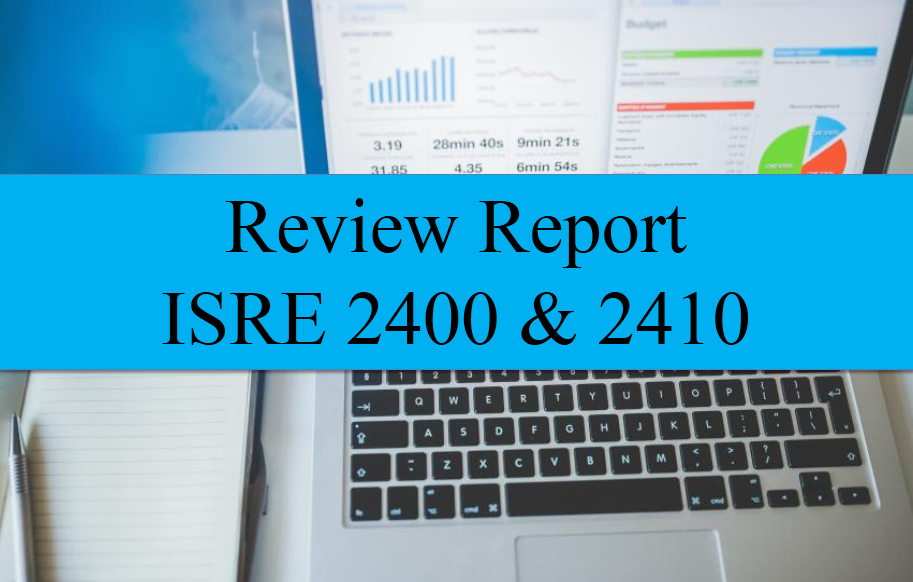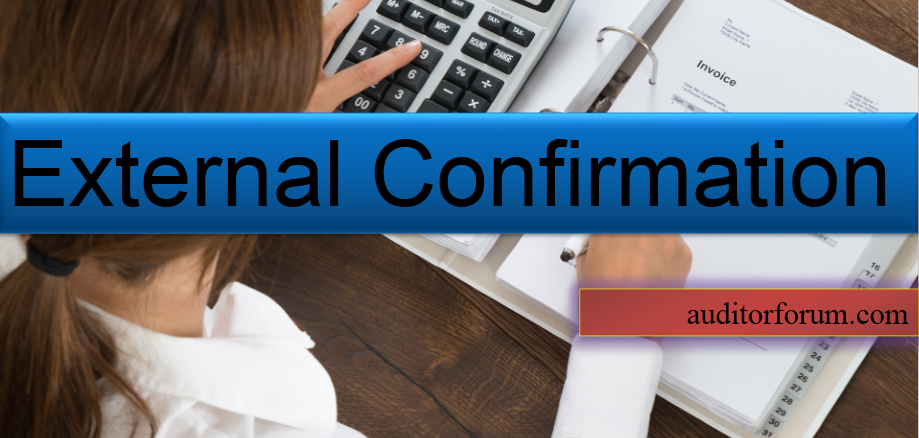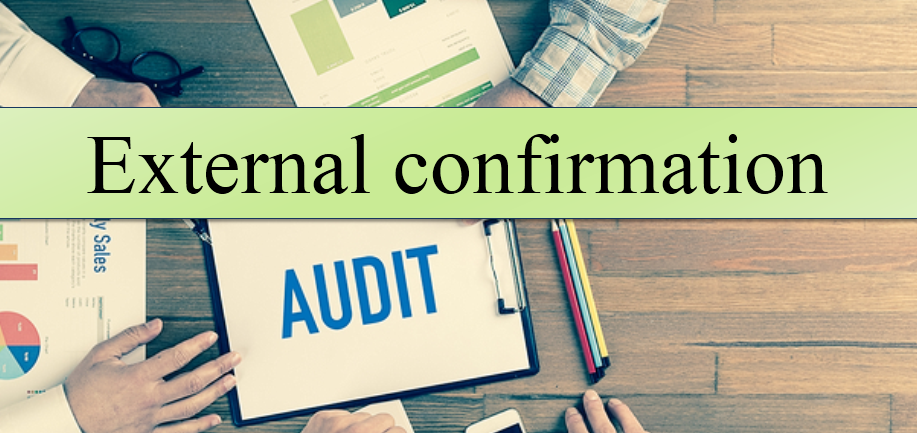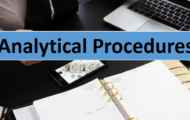Substantive Procedures in Auditing
Substantive procedures are audit procedures performed to detect material misstatements in the figures and presentation & disclosures reported in financial statements.They are designed to generate evidence about the financial statement assertions.
Types of Substantive audit procedures
- Tests of detail
- Analytical procedures
Tests of detail: Tests of detail include verification on transactions, account balances and disclosures.
Analytical Procedures: Analytical procedures consist of evaluations of financial information through analysis of plausible relationships among financial as well as non-financial data. Analytical procedures also encompass investigation of identified fluctuations or relationships that are inconsistent with other relevant information or that differ from expected values by a significant amount.
Substantive audit procedures for some account balances and account transactions
List the substantive audit procedures that may be performed by an auditor to verify Payroll
- From the payroll record:
- Select a sample of newly appointed staff and check their salaries with the appointment letter.
- Select a sample of other staff (appointed in previous years) and check their salaries with the increment letter.
- In both the above cases check that allowances and deductions are in accordance with the company’s policies or the relevant legal requirements.
- Select a sample of payroll summaries and:
- Check that payroll summary has been approved by an appropriate authority.
- Trace totals of payroll summaries to appropriate general ledger accounts.
List the substantive audit procedures that may be performed by an auditor to verify material purchase
Substantive Procedures for Raw material purchases:
- Select a sample of transactions and carryout the following tests.
- Check weather appropriate measures have been taken as per the company’s policy to ensure that purchases are made from most competitive sources.
- Check the relevant invoices.
- Match invoices with goods receiving notes to ensure that goods have been received for all billings made by supplier.
- Match supplier’s invoices with purchase orders to ensure that:
- Purchases were duly authorized.
- Rates and quantities mentioned on the invoice are same as those mentioned on the purchase order.
- Check posting of supplier’s invoices to creditor’s accounts/ general ledger.
- Perform cut-off procedures on purchases.
- Perform analytical procedures on purchases made during the year by comparing current year purchases with the last year and investigate significant differences, if any.
For more information about this topic keep exploring auditorforum.com. We are keen to know your feedback in comments.






